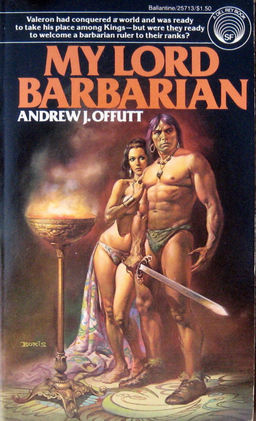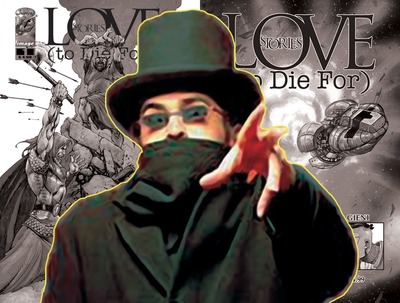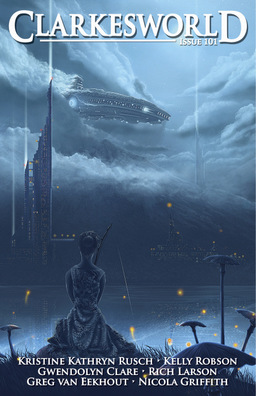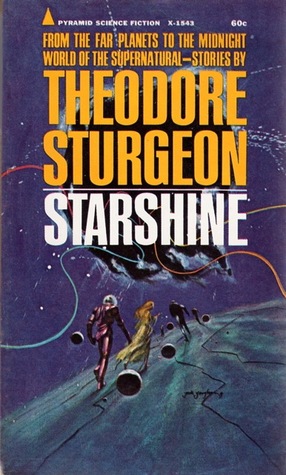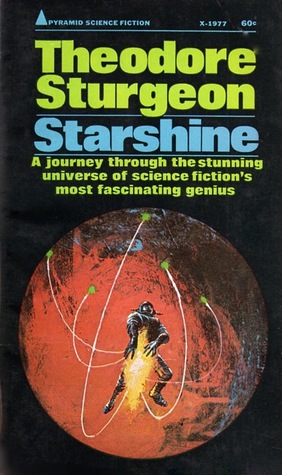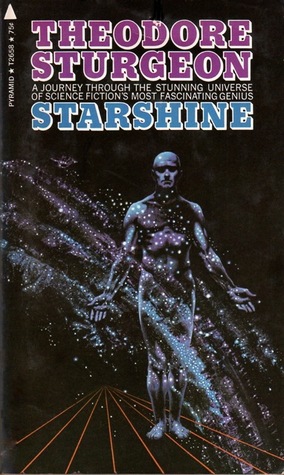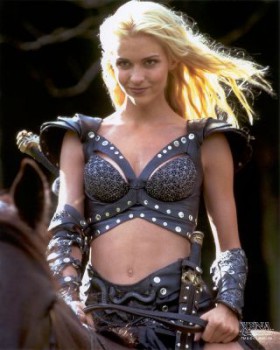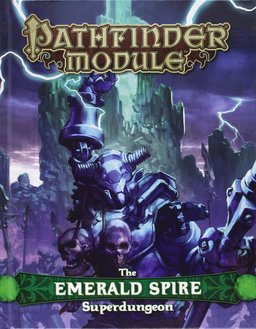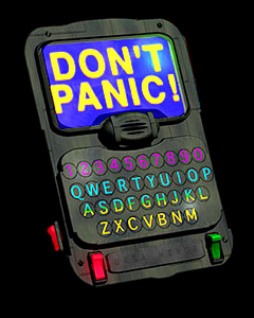New Treasures: Cthulhu Lives!, edited by Salomé Jones
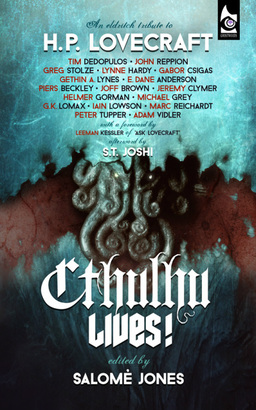 I don’t know much about Ghostwood Books, but I know they produce attractive books. They have a small but intriguing back catalog, including the story cycle/anthology Red Phone Box, with contributions from Warren Ellis and Salomé Jones, and Marion Grace Woolley’s Iranian historical fantasy Those Rosy Hours at Mazandaran.
I don’t know much about Ghostwood Books, but I know they produce attractive books. They have a small but intriguing back catalog, including the story cycle/anthology Red Phone Box, with contributions from Warren Ellis and Salomé Jones, and Marion Grace Woolley’s Iranian historical fantasy Those Rosy Hours at Mazandaran.
Jones has assembled a diverse array of contributors for her new anthology Cthulhu Lives!, including Michael Grey, Tim Dedopulos, G. K. Lomax, and many others. There’s also an afterword by Lovecraft scholar S.T. Joshi. Here’s the book description.
“That is not dead which can eternal lie, and with strange aeons even death may die.”
At the time of his death in 1937, American horror writer H.P. Lovecraft was virtually unknown. The power of his stories was too vast to contain, however. As the decades slipped by, his dark visions laid down roots in the collected imagination of mankind, and they grew strong. Now Cthulhu is a name known to many and, deep under the seas, Lovecraft’s greatest creation becomes restless…
This volume brings together seventeen masterful tales of cosmic horror inspired by Lovecraft’s work. In his fiction, humanity is a tiny, accidental drop of light and life in the vast darkness of an uncaring universe a darkness populated by vast, utterly alien horrors. Our continued survival relies upon our utter obscurity, something that every fresh scientific wonder threatens to shatter.

